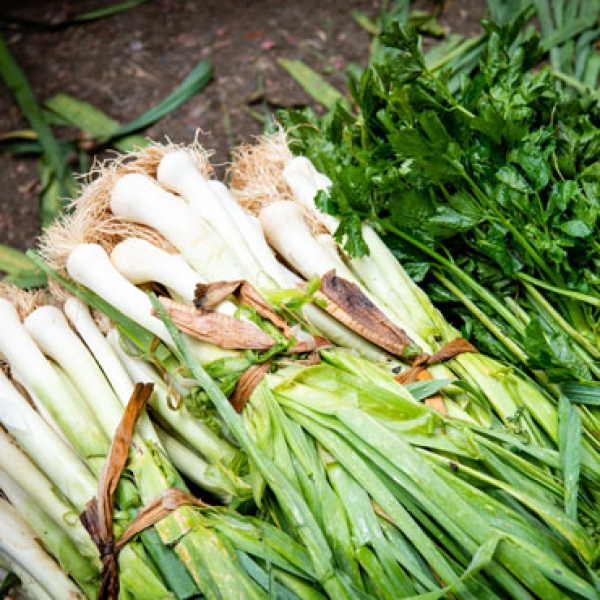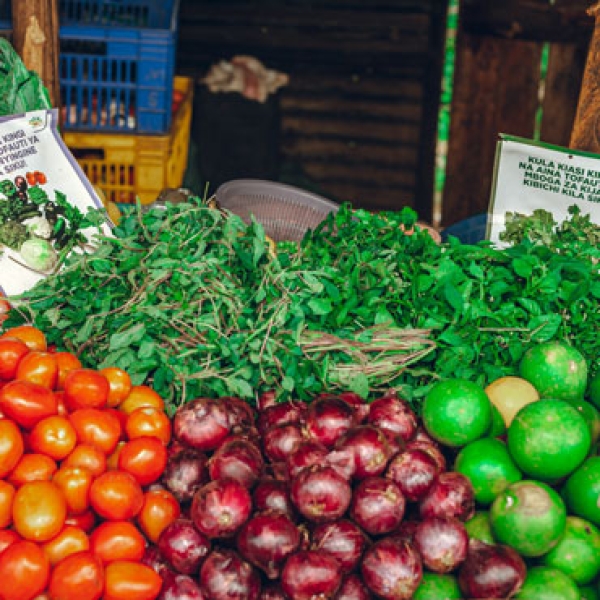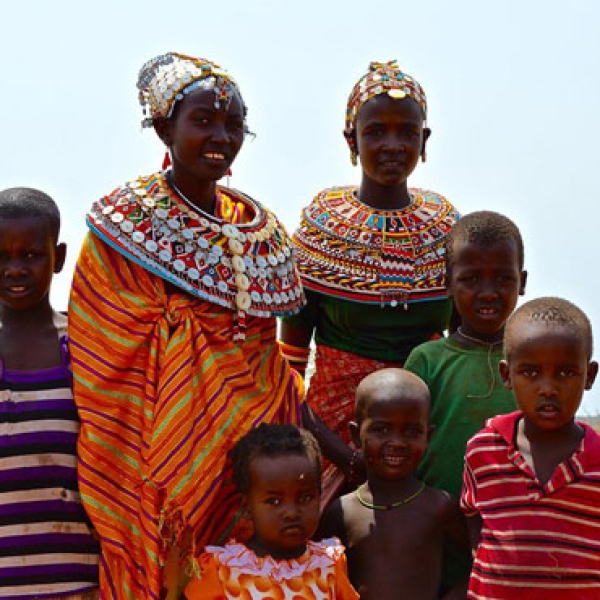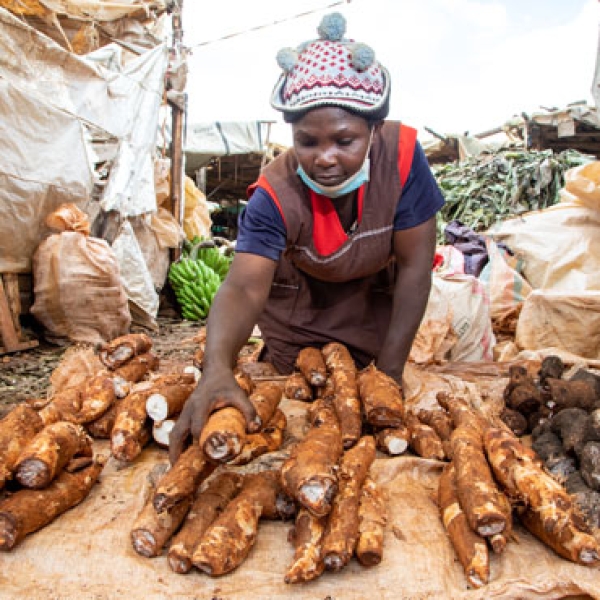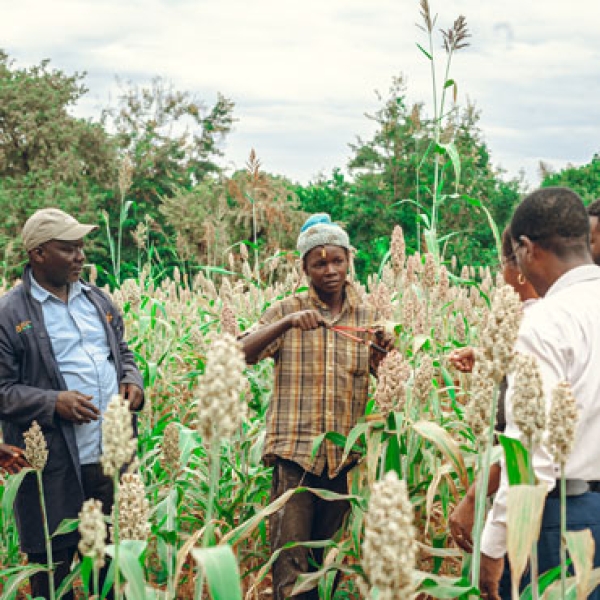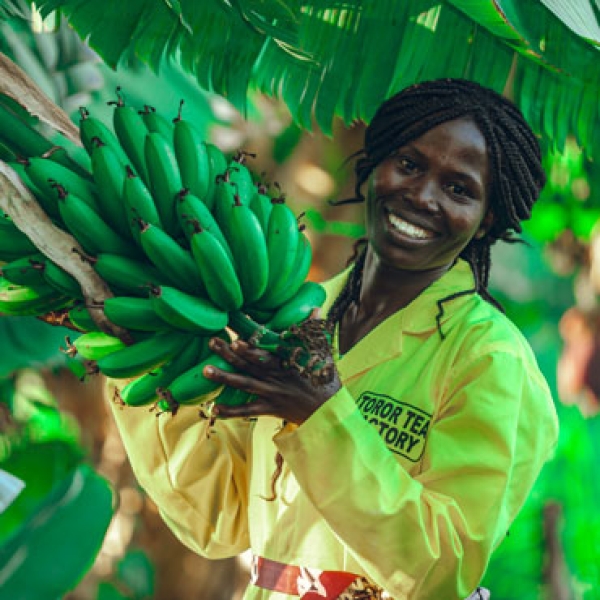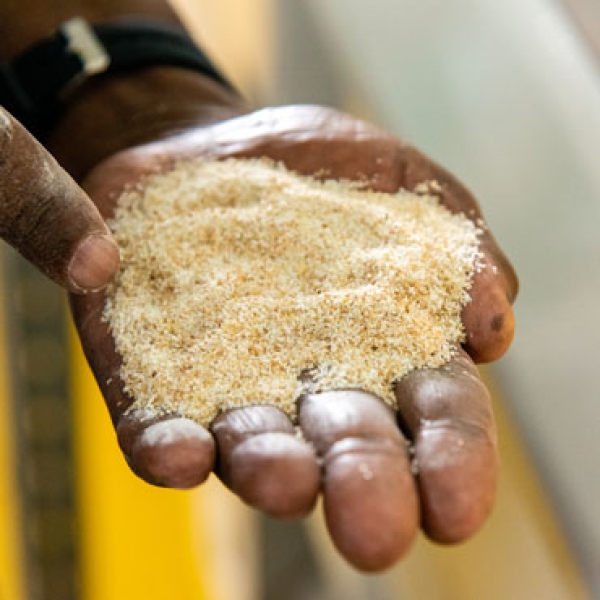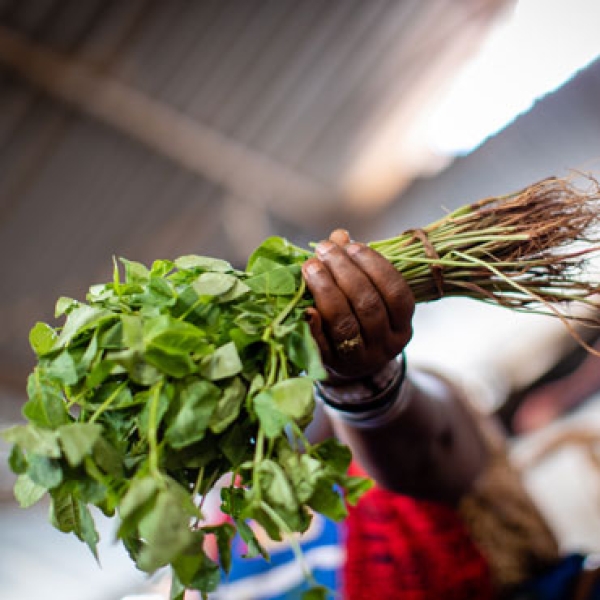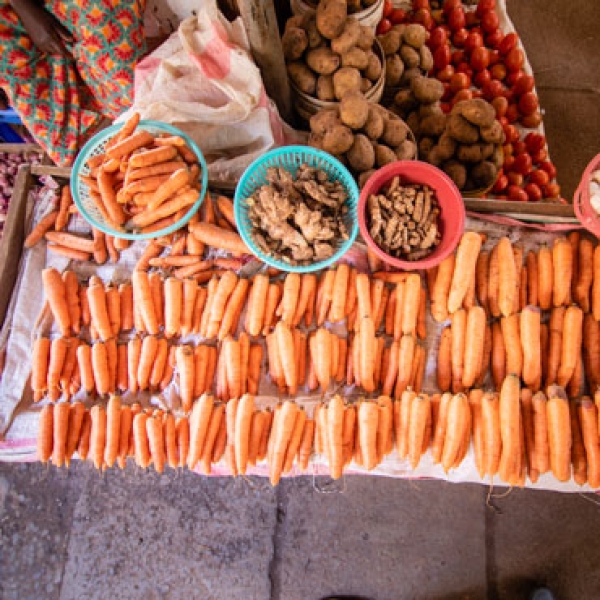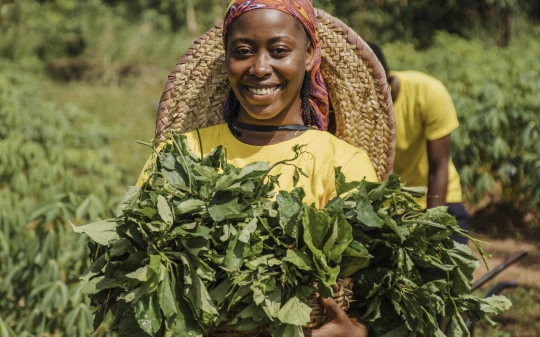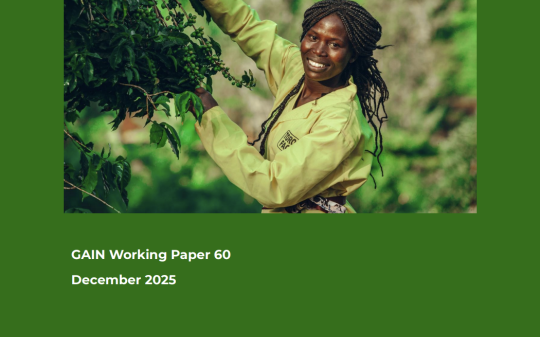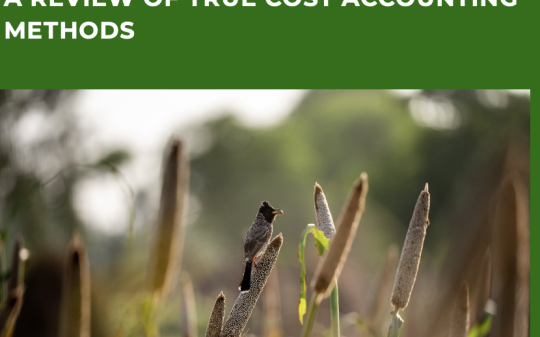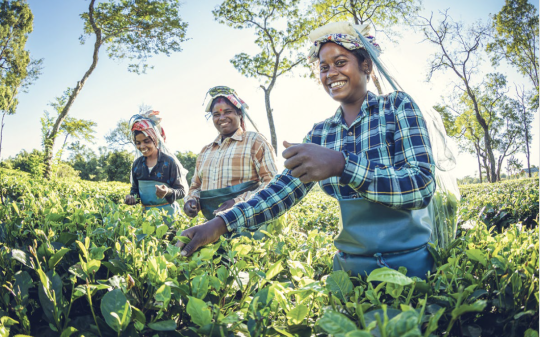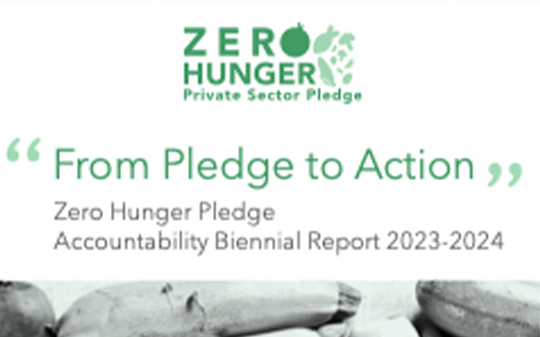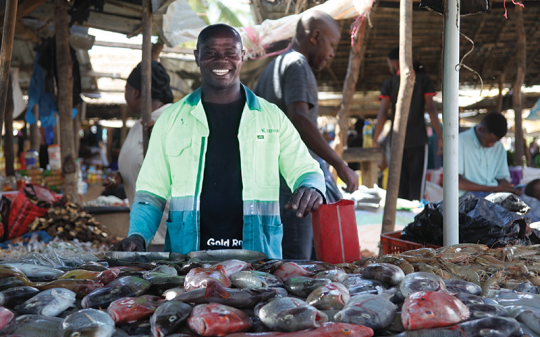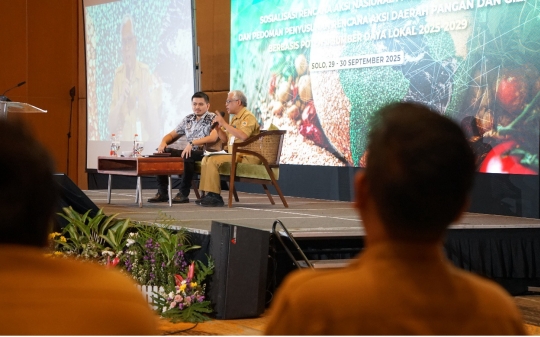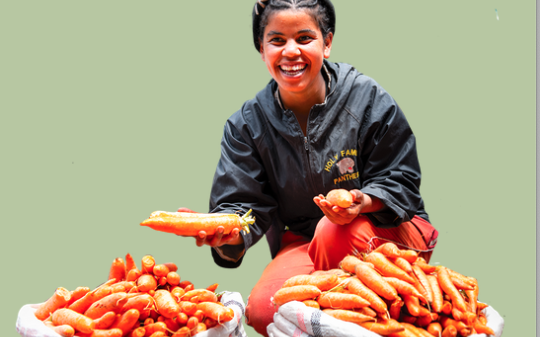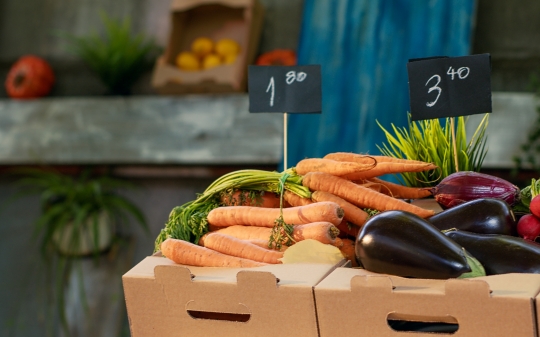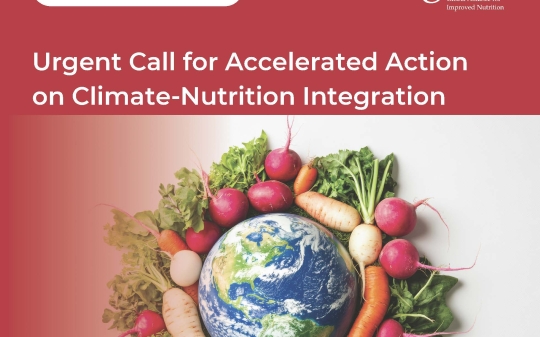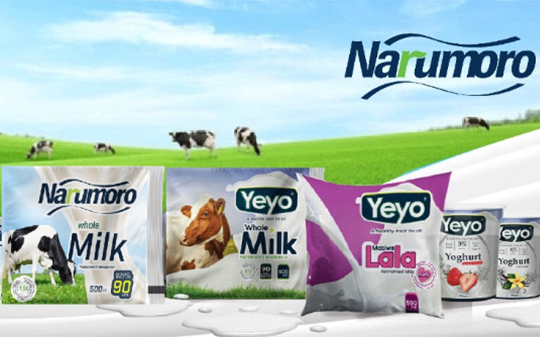The Cost of Hunger in Africa (COHA) Kenya Study (2019) estimated a loss of Kenya Shillings 373.9 billion (USD 3.1 billion) equivalent to 6.9 percent of the Gross Domestic Product (GDP) in 2014 due to child undernutrition. Childhood malnutrition results in reduced productivity, high costs of health-related treatment of malnutrition, and high education costs due to class repetition and absenteeism.
Kenya is faced with a triple burden of malnutrition, namely undernutrition (stunting, wasting, and underweight), micronutrient deficiencies, over-nutrition (overweight and obesity), and associated diet-related non-communicable diseases. Recently released Kenya Demographic Health Survey (KDHS) 2022 estimates that 18 percent of children 6–59 months are still stunted, 5 percent are wasted, 10 percent are underweight, and 3 percent are overweight, way above the World Health Assembly targets.
The Kenya National Micronutrient Survey of 2011 depicted the country as burdened by high micronutrient deficiencies with the most prevalent being zinc, vitamin A, iron, and iodine deficiencies. Zinc deficiency prevalence rates stood at 70 percent, with preschool children being most affected at 81.6 percent, school-age children at 79.0 percent, pregnant women at 67.9 percent, and non-pregnant women at 79.9 percent. The prevalence of anaemia was highest in pregnant women (41.6 percent), followed by children 6–59 months (26.3 percent) and school-age children (5–14 years) at 16.5 percent.
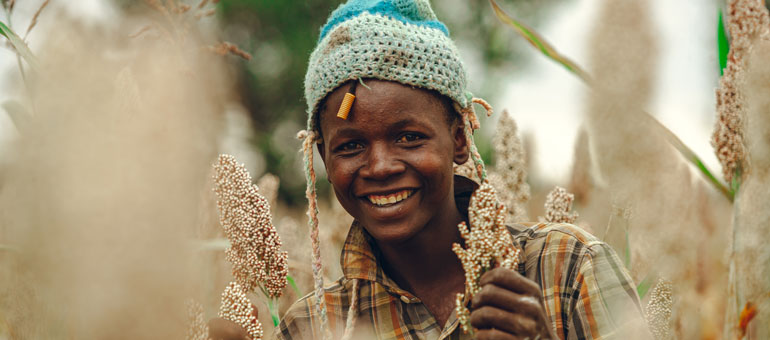
GAIN is committed to working closely with the Kenyan Government to find innovative solutions to strengthen the country’s food supply chains and ultimately improve access to nutritious foods for its most vulnerable populations. © GAIN / Frederick Dharshie
The food consumption patterns in Kenya have been greatly influenced by increased urbanisation, economic growth, and subsequent changes in lifestyle, including a westernisation of diet patterns characterised by increased consumption of processed, fatty, salty, sugary, and less nutritious foods. At the same time, traditional local nutritious foods that were once commonly consumed are now largely exported instead of being consumed locally (Chege Kimenju et al., 2014). Recent data indicates, for example, that only 5.2 percent of adults aged 18-69 years in Kenya consume the WHO recommendation of five servings (400 grams) of fruits and/or vegetables per day. In Kenya, fruits are consumed, on average, 2.4 days a week, while vegetables are consumed five days a week (Stepwise Survey 2015).
To address these challenges, the Government of Kenya has developed legislative and regulatory framework aimed at protecting and advancing good nutrition. GAIN is committed to working closely with the Kenyan Government to find innovative solutions to strengthen the country’s food supply chains and ultimately improve access to nutritious foods for its most vulnerable populations.
GAIN’s contribution
The Global Alliance for Improved Nutrition (GAIN) is a Swiss-based foundation launched at the United Nations in 2002 to tackle the human suffering caused by malnutrition. Due to COVID19, conflict in Ukraine and climate change, malnutrition and hunger have worsened significantly since 2019, reversing a decade of progress. There is growing recognition that our food systems need to change if we are to reverse these trends.
Kenya is one of the countries impacted by malnutrition. GAIN’s Strategy aims to transform food systems to make healthier diets from sustainable food systems accessible to all people and especially those whose are most vulnerable to shocks. By 2027, we aim to improve the access of 1.5 billion people to nutritionally enhanced staple foods, improve the access of 25 million people to healthier diets, and support positive food system change in 10 countries.
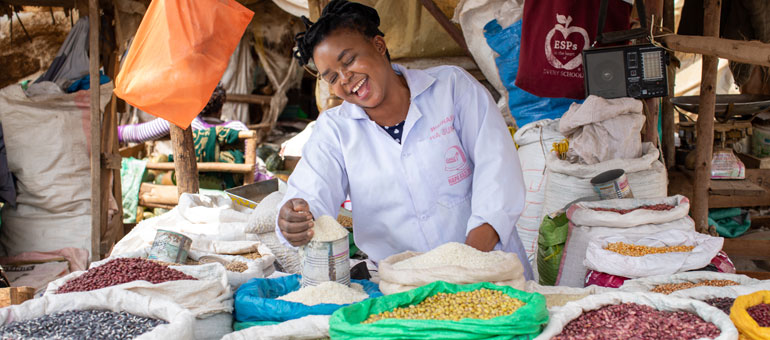
Local food systems governance is a critical factor to consider in the delivery of food systems transformation pathways and that gives credence to GAIN’s influencing role in Kenya. © GAIN / Frederick Dharshie
This is bold and complex, and the only way to achieve this is to work together with partners including governments, businesses, and civil society at the country and global level. These goals, and the ways of achieving them, build on our twenty-year legacy of transforming people’s lives with improved nutrition through concerted action and effective policy change.
GAIN has been contributing to improving the nutritional status of Kenyans since 2010, with an initial focus on supporting the Government of Kenya to introduce the fortification of maize flour, wheat flour, and edible oils. Since then, we have diversified our programmatic work to integrate various efforts into a food system approach that links access and demand for nutritious safe food.
Working closely with the Government of Kenya, and key partners, GAIN’s work in Kenya is focused on improving the availability and consumption of nutritious safe food for everyone, especially the most vulnerable to malnutrition, in a sustainable way, catalysing food systems transformation.
Local food systems governance is a critical factor to consider in the delivery of food systems transformation pathways and that gives credence to GAIN’s influencing role in Kenya. GAIN supports the efforts and priorities of the national and county governments by providing our expertise in nutrition and healthy diets to support the development of policies and plans.
